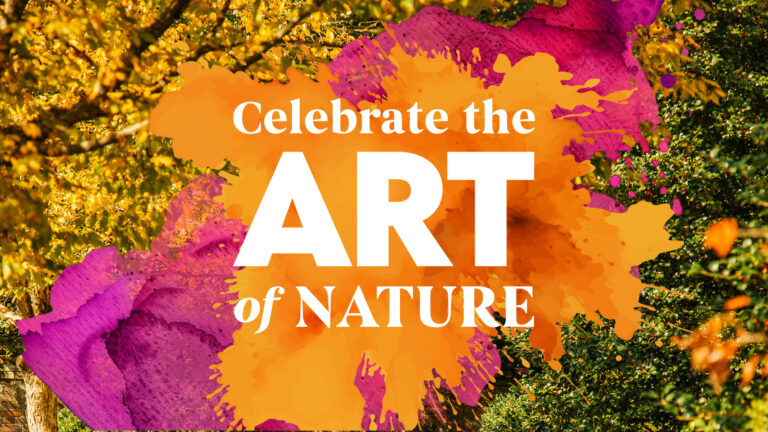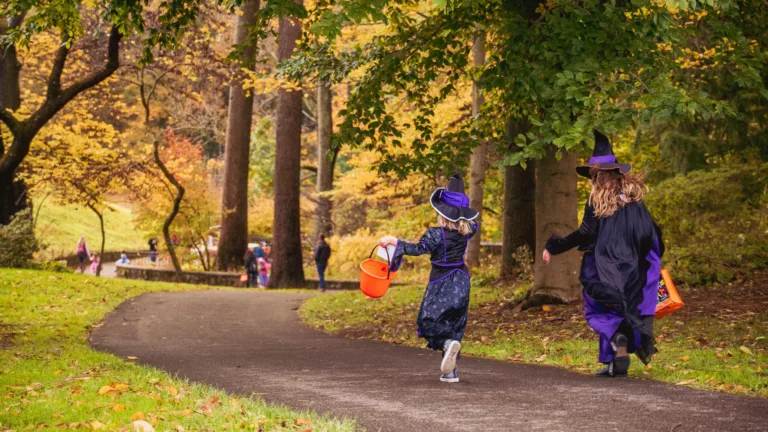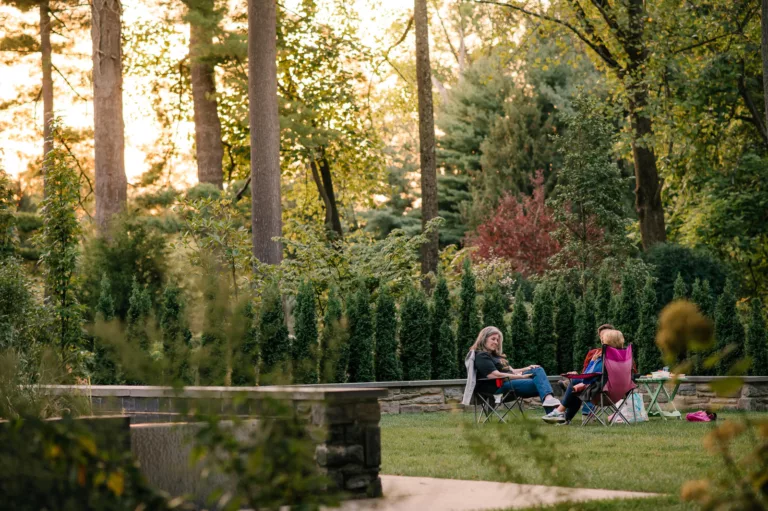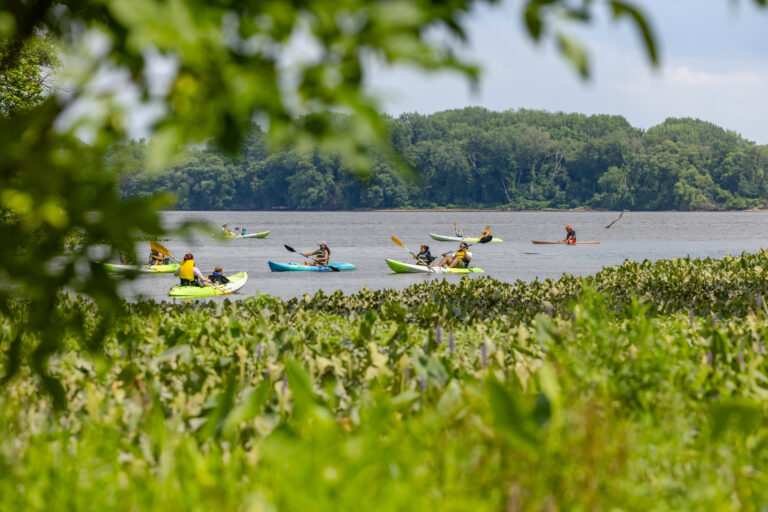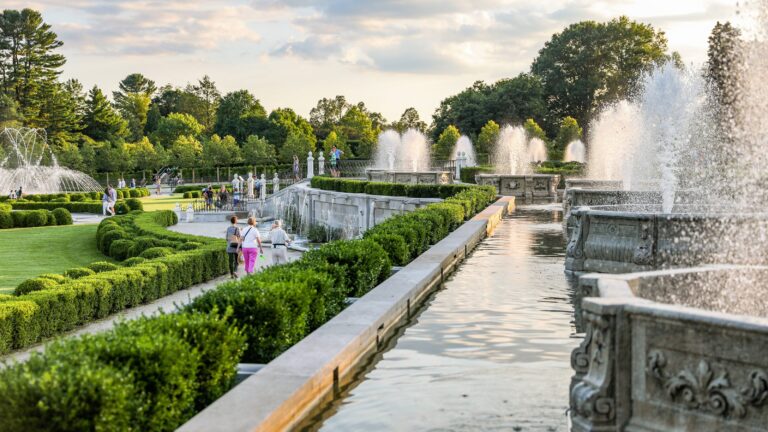When spring arrives in Philadelphia, most people flock to see the stunning display of cherry blossoms. However, there are many lesser-known flowering trees and shrubs that put on an equally breathtaking show. From the fragrant blooms of Koreanspice viburnum to the elegant, bell-shaped flowers of Carolina silverbell, there are countless hidden gems waiting to be discovered throughout the Philadelphia region.
More Than Cherry Blossoms: 8 Spectacular Spring Flowering Trees That Are Blooming Now
While cherry blossoms may capture most of the attention, these lesser-known species offer a rich and varied springtime spectacle. Below, we’ve highlighted some of the most captivating spring-blooming trees and shrubs you can find throughout the region—each bringing unique colors, textures, and fragrances to the landscape.
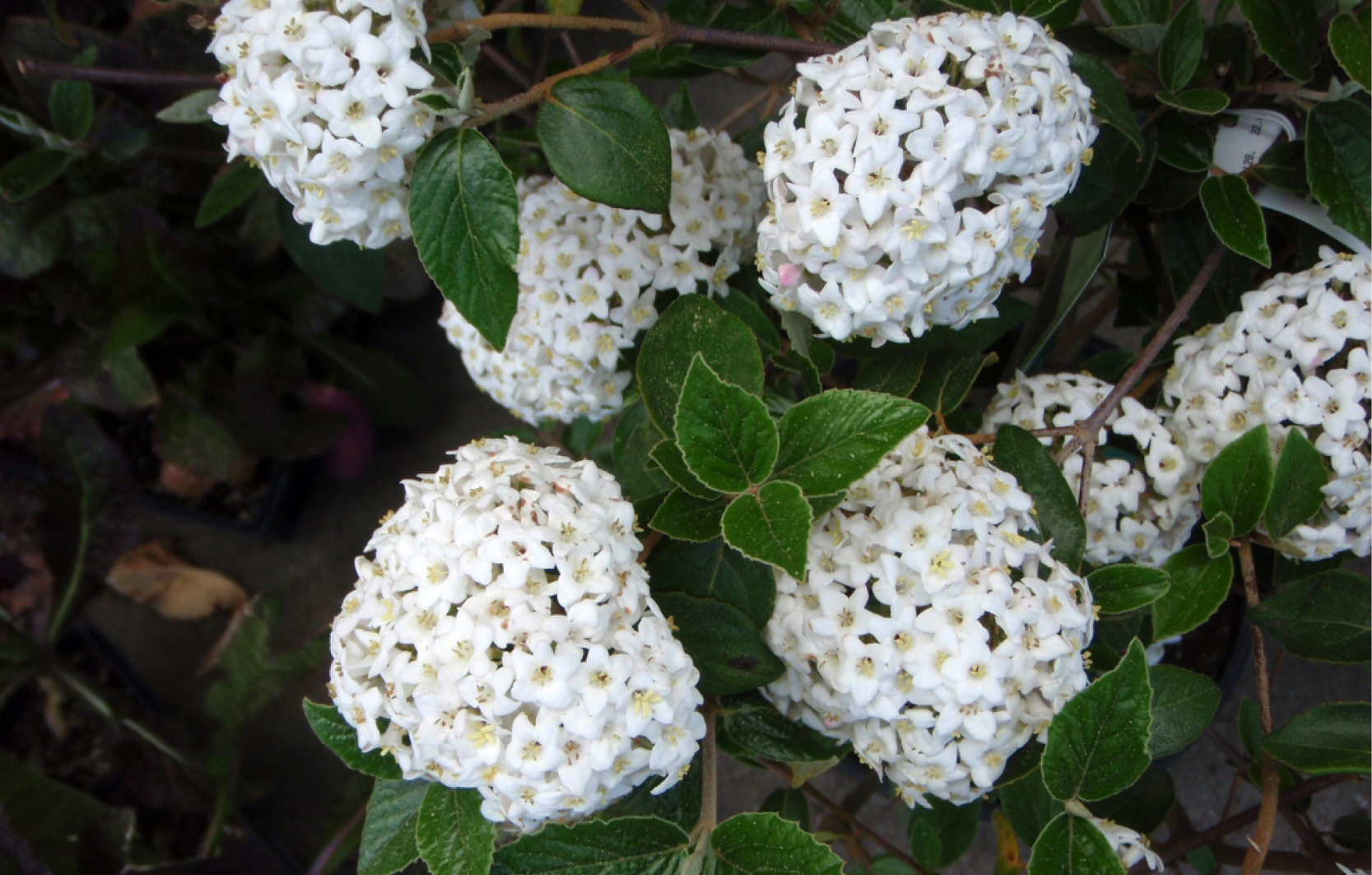
Koreanspice viburnum (Viburnum carlesii)
This highly fragrant, small, spring-blooming shrub produces numerous dense flower clusters, each about 3 inches wide, with sweetly scented blooms. The high-quality foliage is covered with fine hairs, giving it a velvety texture. With its rounded, irregularly dense form and ease of cultivation, this shrub is a great choice for gardeners looking to add both visual appeal and delightful fragrance to their landscapes.
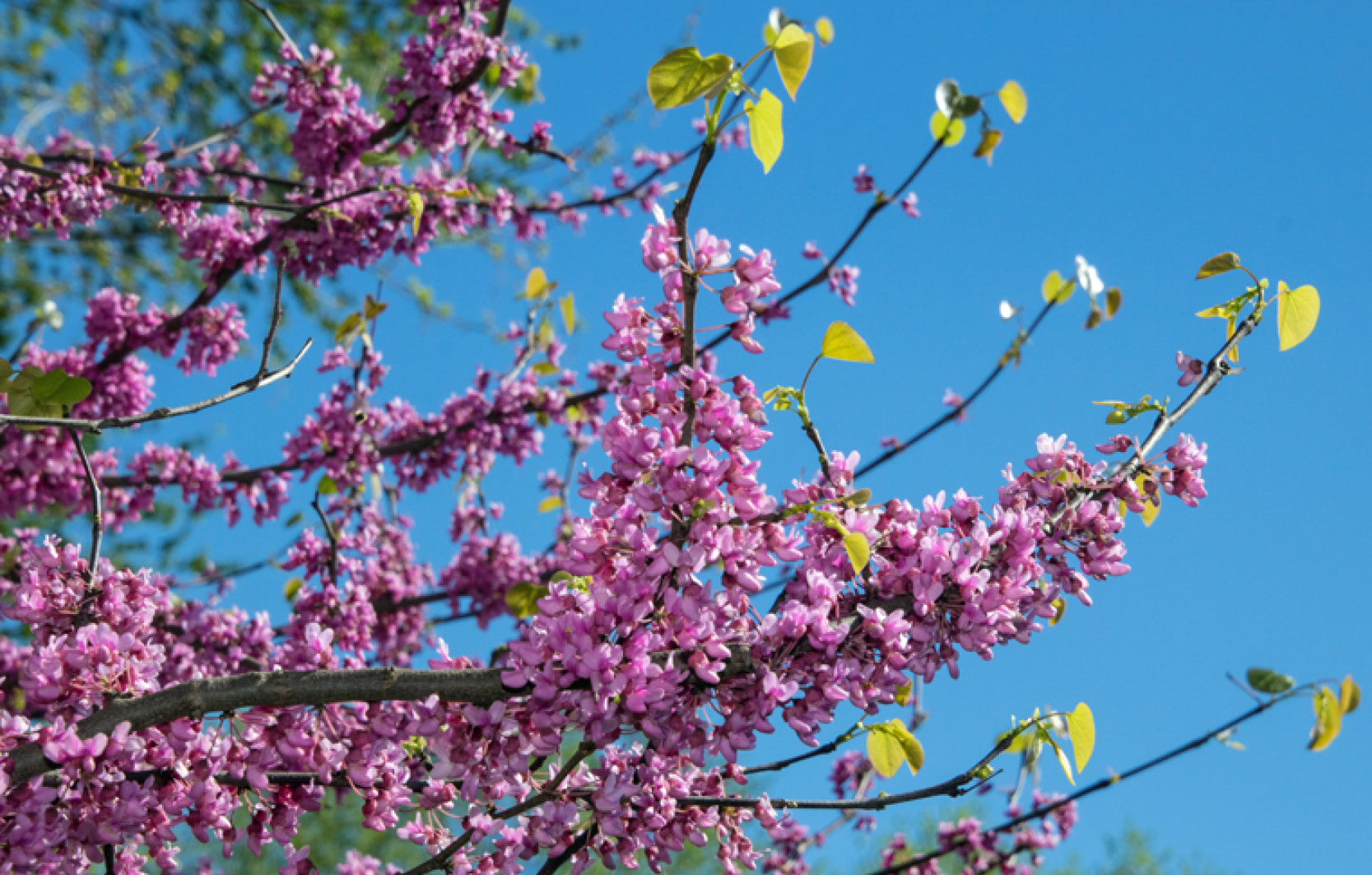
Eastern redbud (Cercis canadensis)
One of the early harbingers of spring in its native North American range. In early spring, before the leaves emerge, the trunks are profusely clothed in pea-like, rose-purple flowers. This small tree forms a rounded, umbrella-like crown.
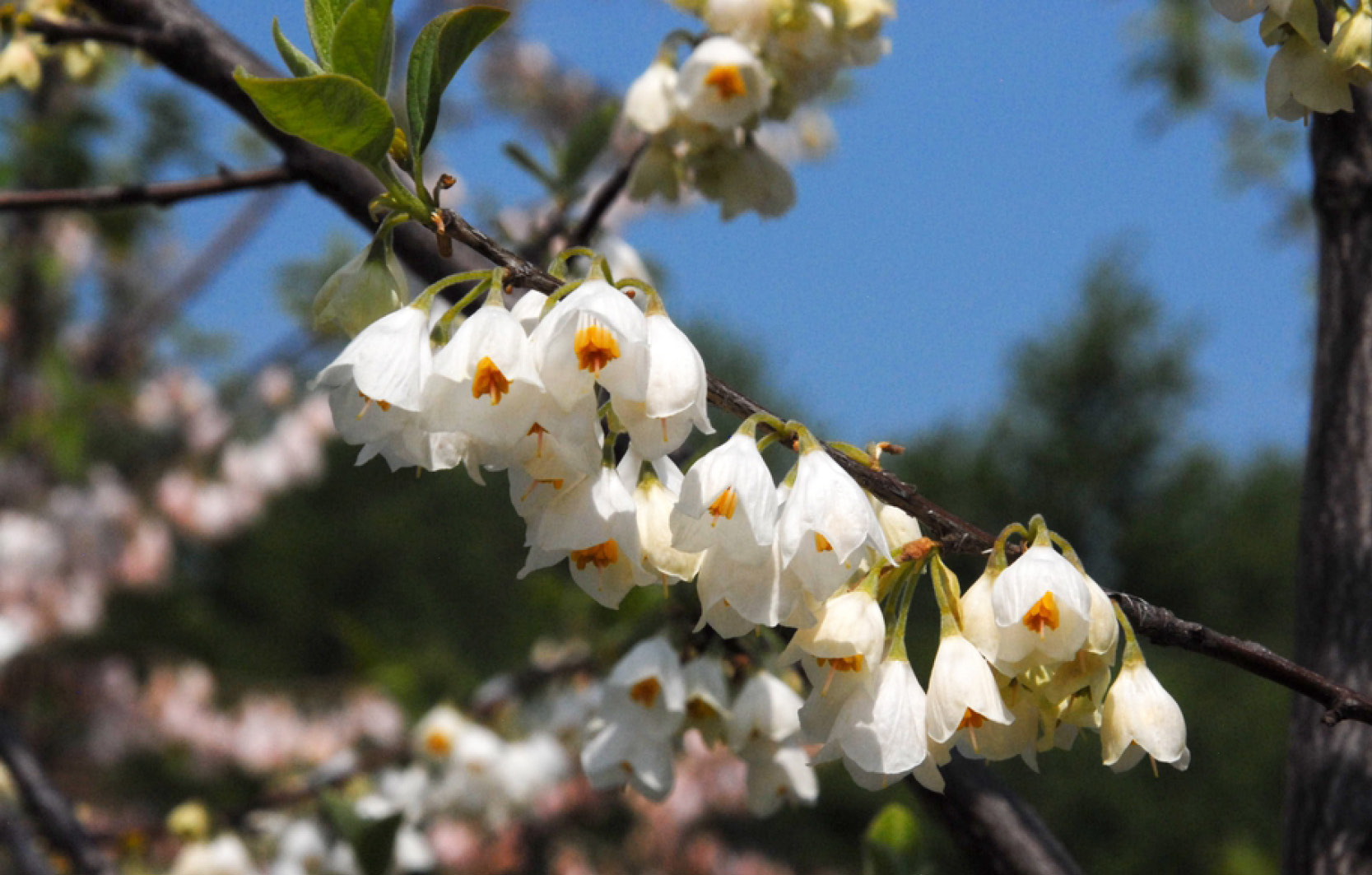
Carolina silverbell (Halesia carolina)
A fantastic, pest-free native tree that is perfect for moist, organic, well-drained soils in part shade. In mid-spring, this small tree is covered in pure white, bell-shaped flowers. Carolina silverbell is a wonderful choice for adding charm to the understory of any garden.
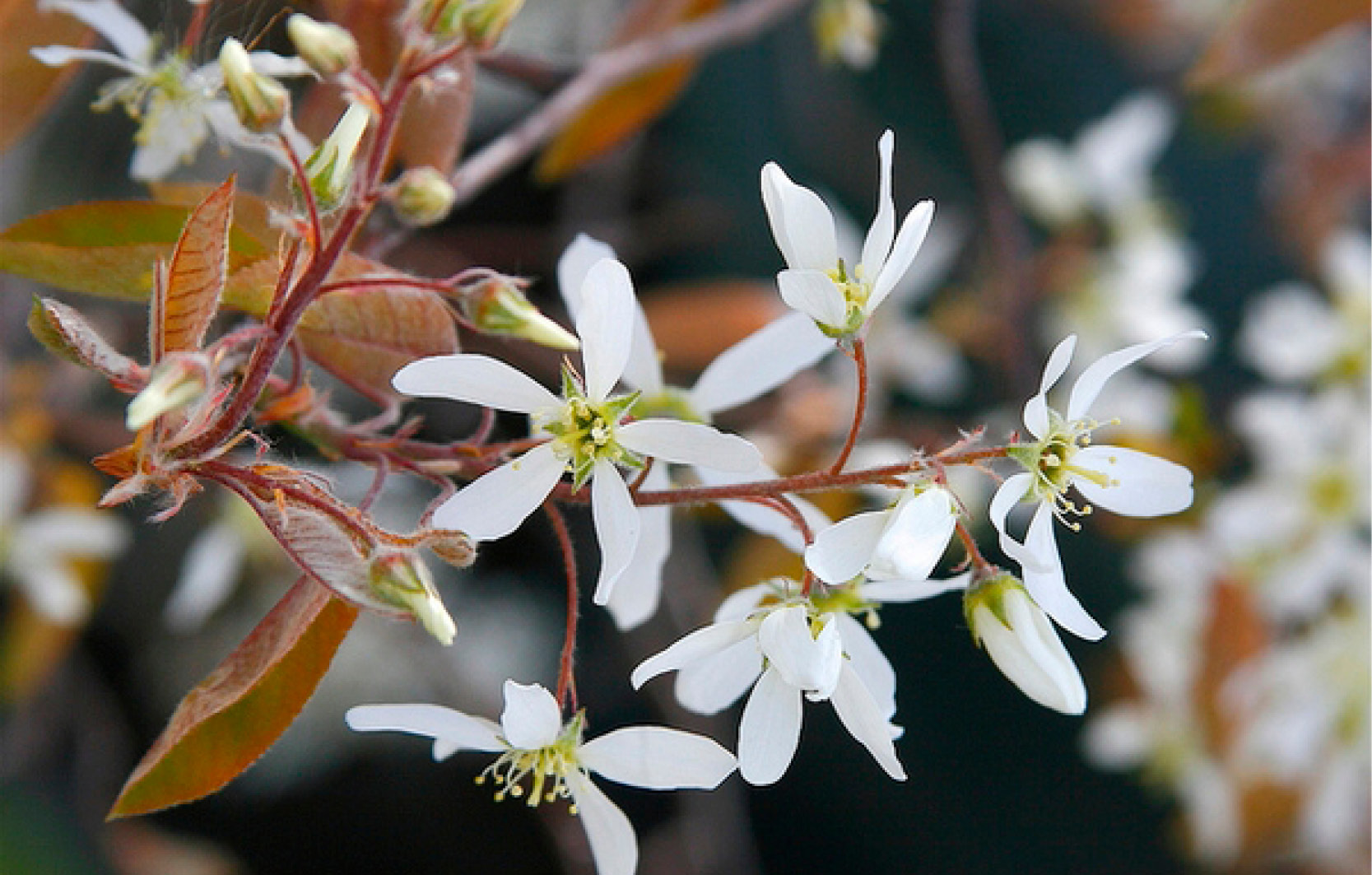
Allegheny serviceberry (Amelanchier laevis)
A fantastic native tree that makes a great alternative to the troublesome invasive Bradford pear (Pyrus calleryana). This early-blooming small tree produces clusters of white flowers, followed by burgundy-red fruit that native songbirds love. In the fall, its foliage turns beautiful shades of yellow to red, and its smooth gray trunks look attractive even in winter.
Magnolias
Magnolias are beloved for their big, beautiful blooms in early spring and the wide variety of forms they come in. They are among the oldest flowering plants, having first appeared around 95 million years ago. Magnolias evolved before bees, so their flowers were originally designed to be pollinated by beetles, an even more ancient insect. Regardless of when they evolved, magnolias are among the most cherished spring-blooming trees.
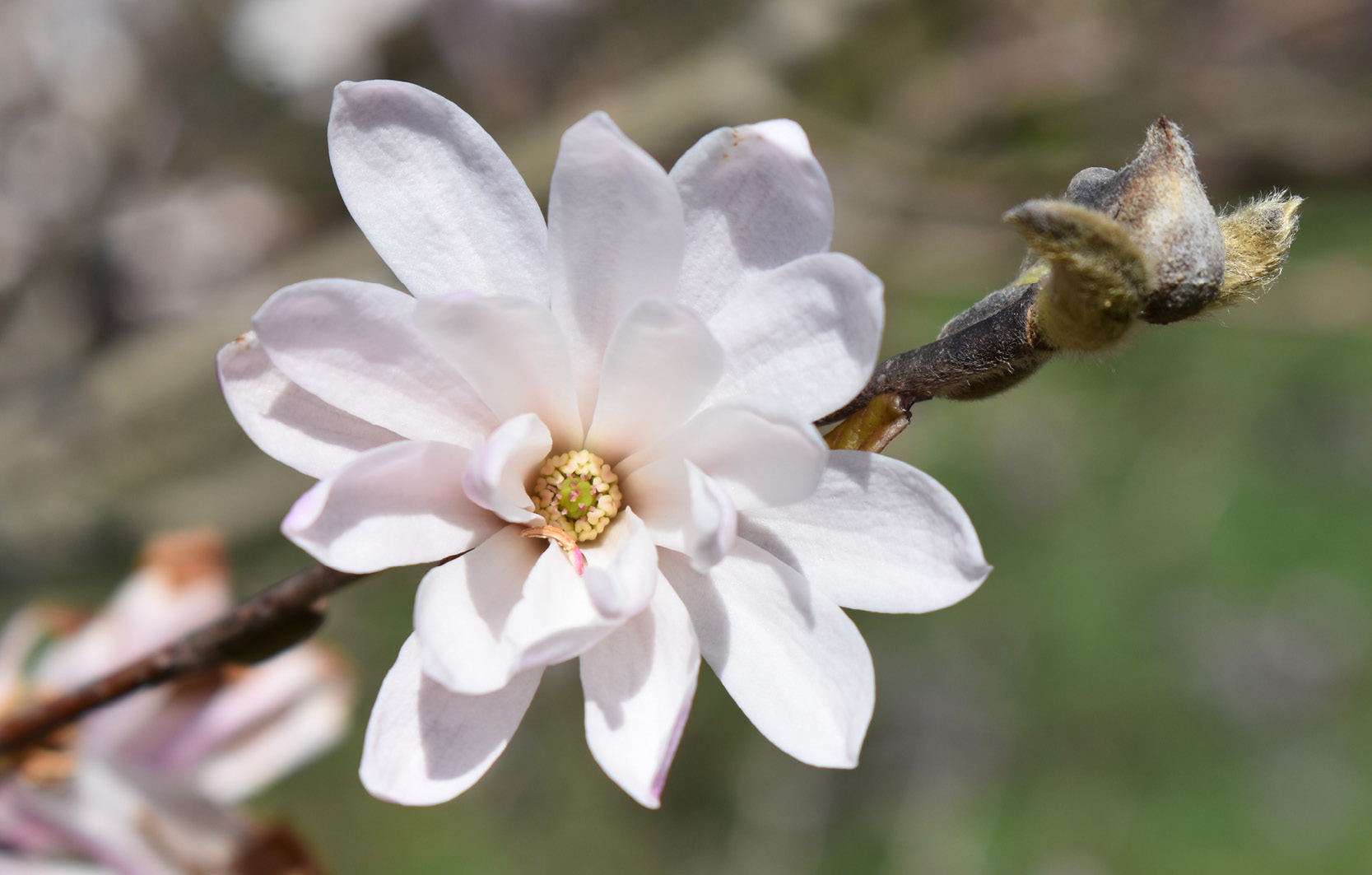
Star magnolia (Magnolia stellata)
One of the first magnolias to bloom each spring. As the name suggests, its flowers have many long, slender tepals that give them a star-like appearance. These small trees, native to Japan, often start blooming in late winter or early spring with flowers that range from white to pink.
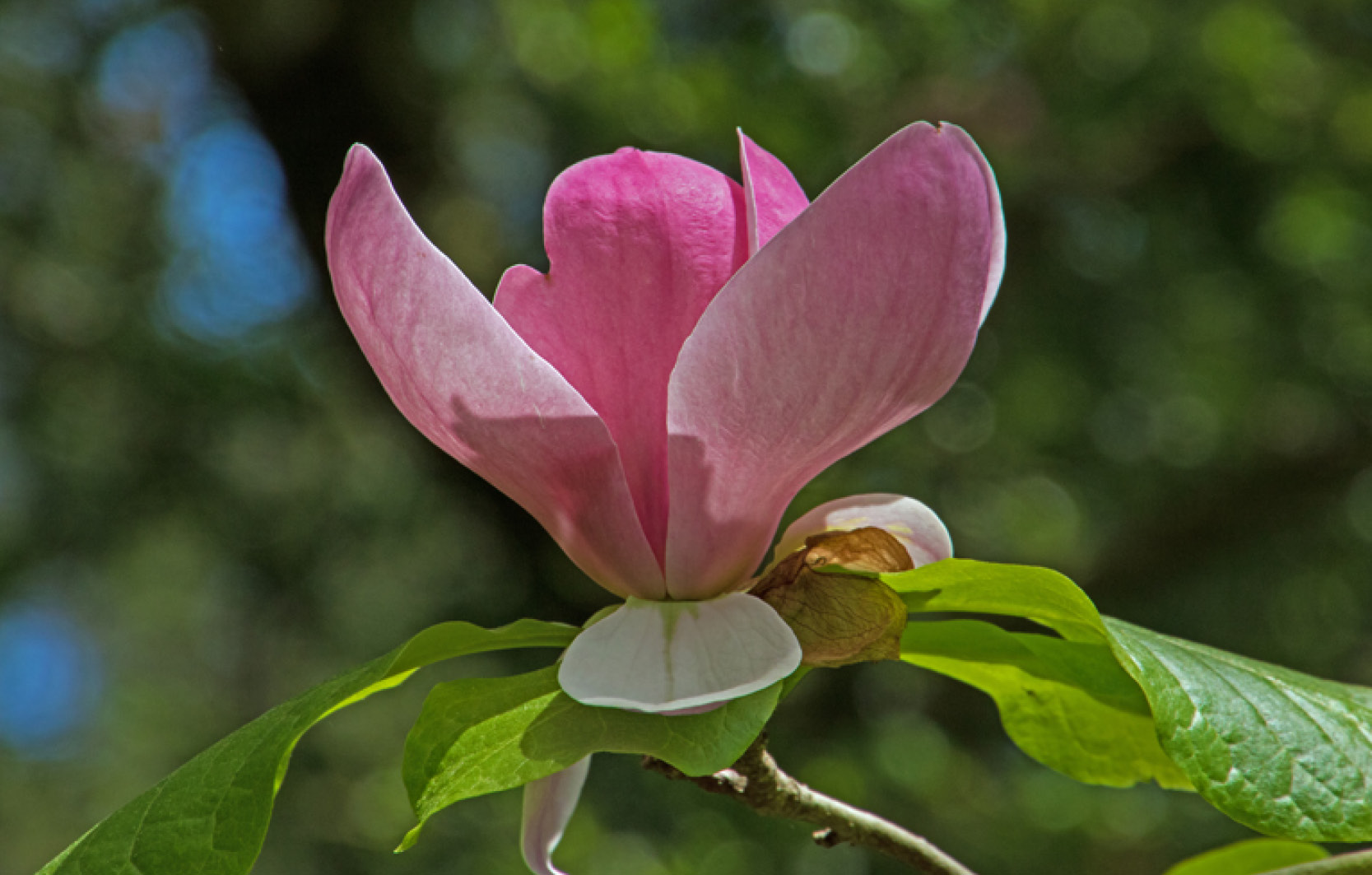
Saucer magnolia (Magnolia x soulangeana)
A medium-sized tree that is often considered one of the most iconic spring-flowering magnolias. In mid-spring, it produces very large, showy white flowers that are often tinged with shades of pink, red, and burgundy.
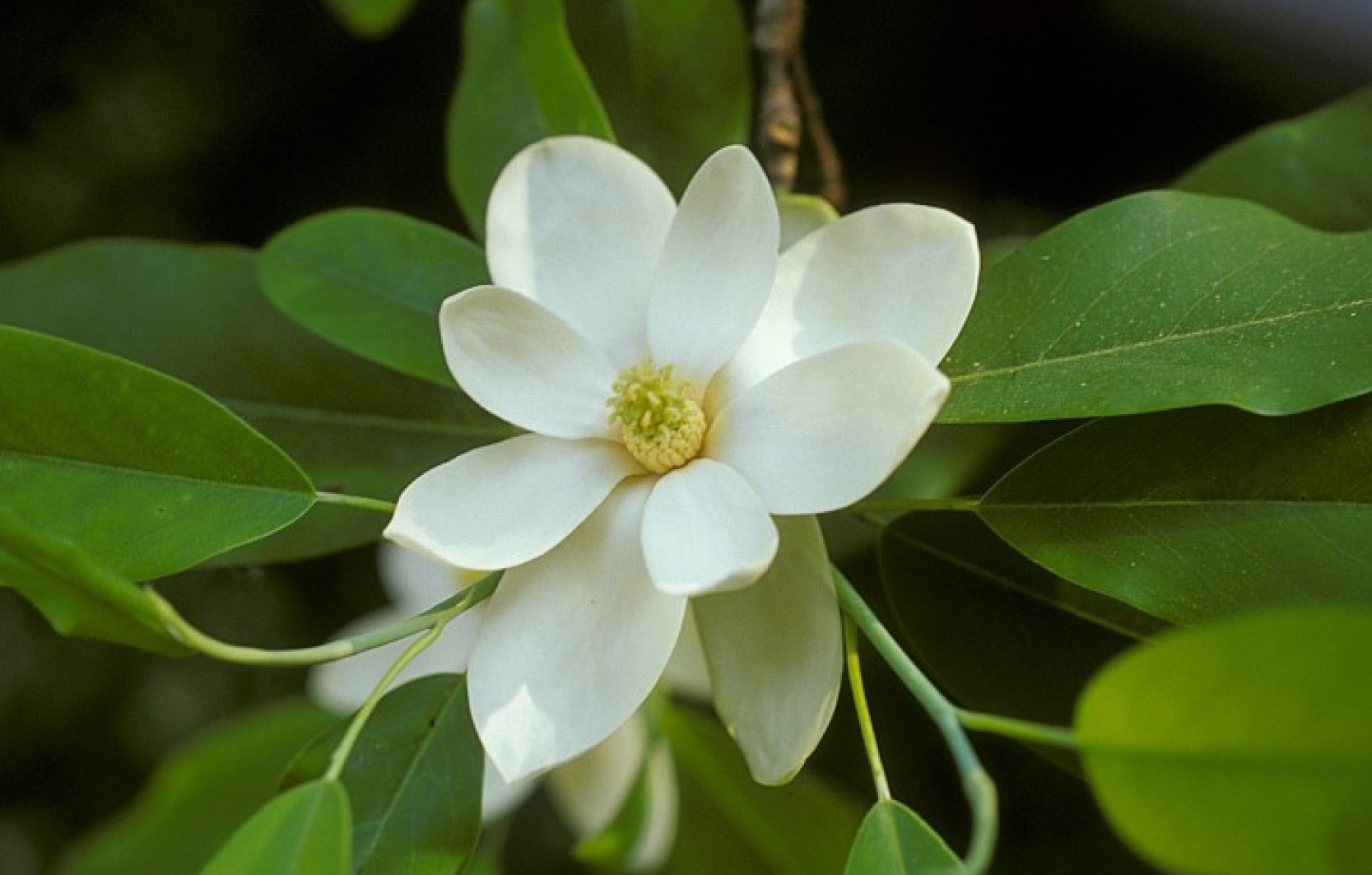
Sweetbay magnolia (Magnolia virginiana)
An evergreen native that can handle a variety of soil types, including moist to wet soils. While its late-spring flowers are smaller than most, at 2-3 inches in diameter, they have a delightful fragrance of honeysuckle and lemon. The dark, glossy evergreen leaves have a contrasting silvery underside, making the foliage especially attractive.
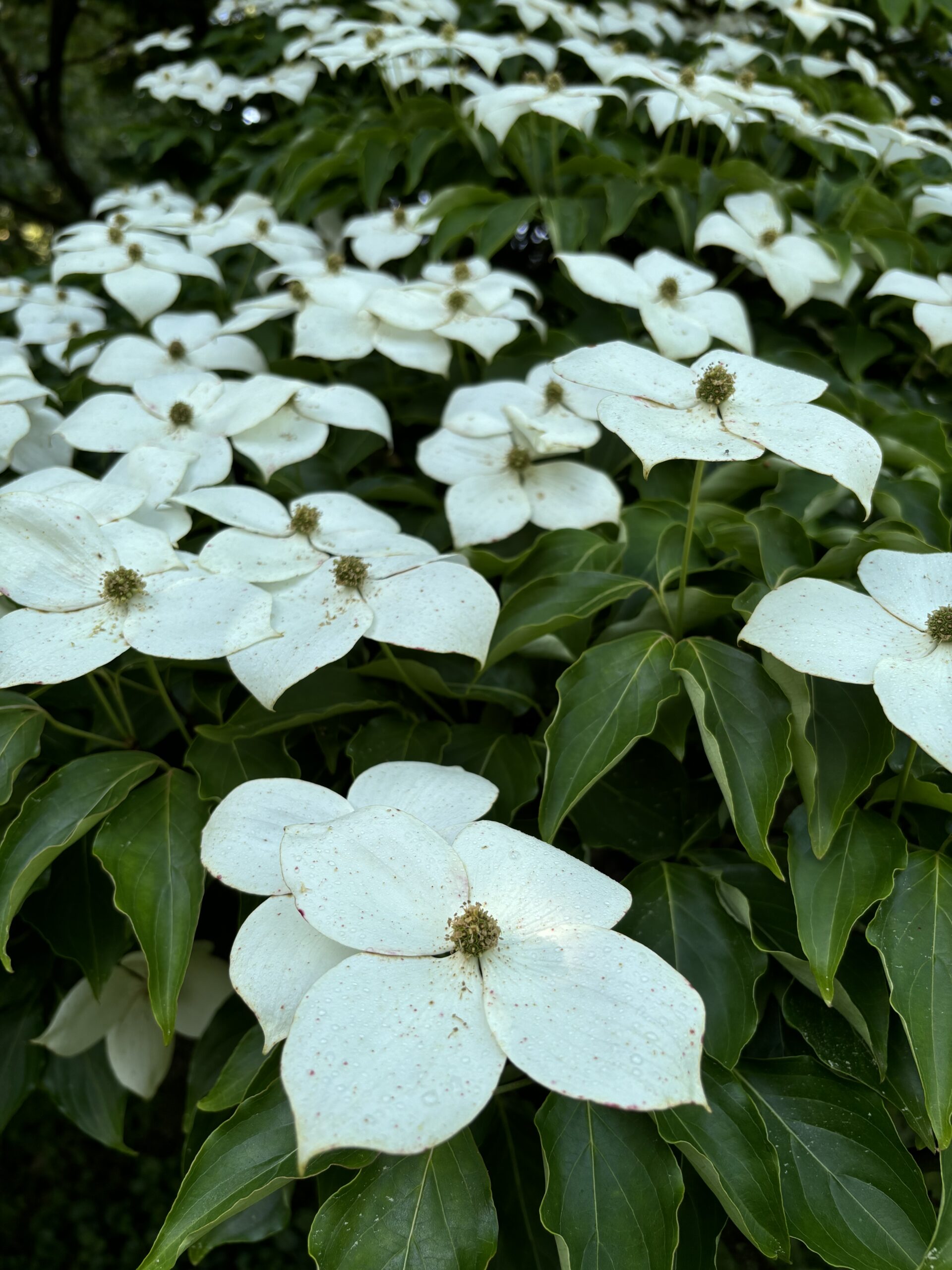
Flowering dogwood (Cornus florida)
A charming small tree native to eastern North America. This lovely, low-branching tree is a standout among spring-flowering trees. In early spring, it bursts into bloom with clusters of tiny yellowish-green flowers surrounded by large, white bracts that look like petals. The dark green leaves turn vibrant red in the fall, and its bright red fruits are a hit with birds in autumn.
Peak Bloom Times in the Philadelphia Region
The timing of peak bloom varies slightly each year, depending on the weather. Generally, the bloom season in the Philadelphia region unfolds as follows:
- Late March to Early April: Star magnolias and Eastern redbuds make their debut.
- Mid to Late April: Saucer magnolias, Koreanspice viburnum, and Allegheny serviceberries reach their peak.
- Late April to Early May: Flowering dogwoods and Carolina silverbells take center stage.
- Mid-May: Sweetbay magnolias bring the season to a fragrant close.
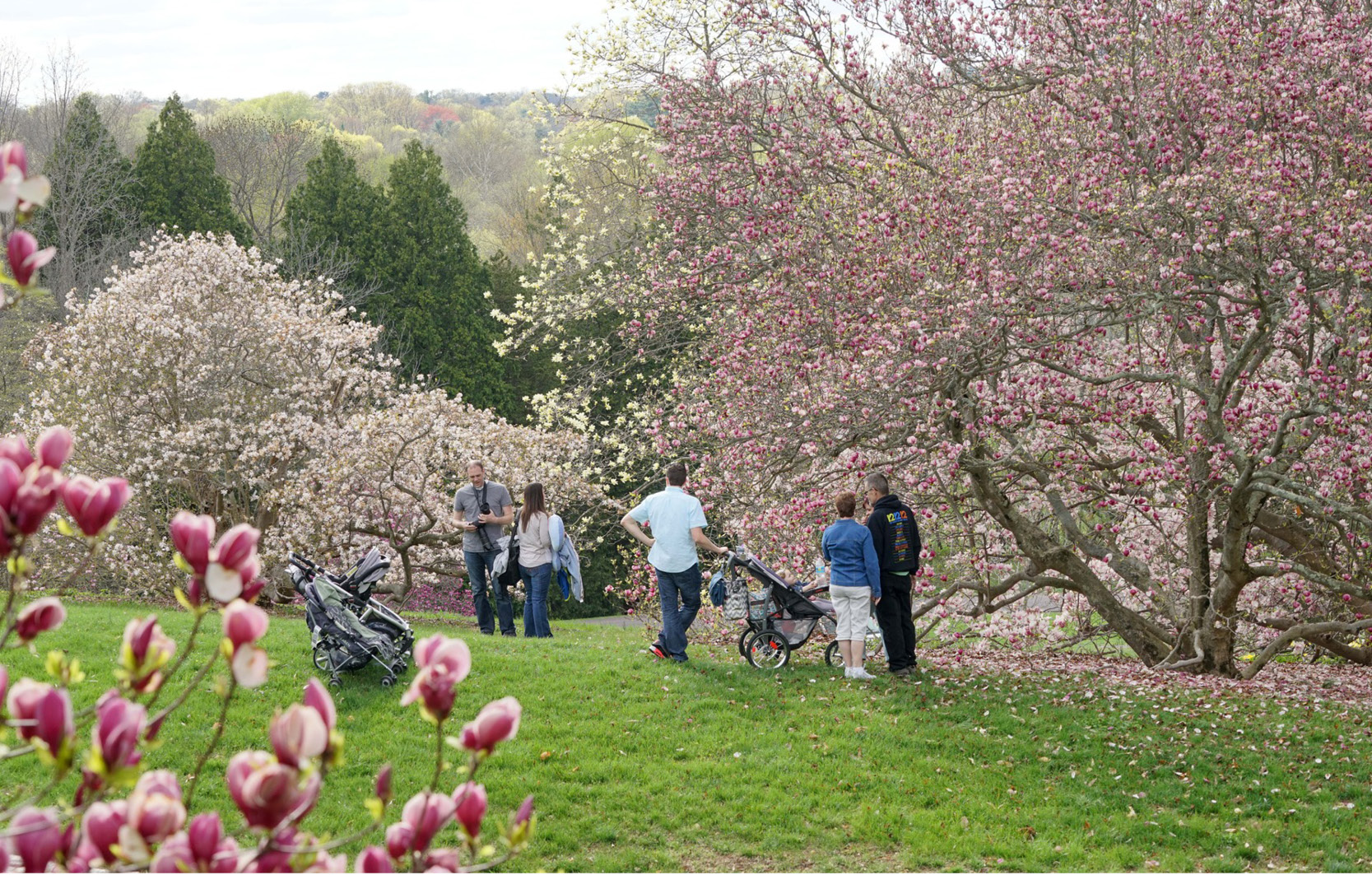
Where to See These Stunning Spring Blooms
For visitors eager to explore the incredible variety of spring flowering trees and shrubs, here are some must-visit gardens in America’s Garden Capital:
- Morris Arboretum & Gardens – Home to Koreanspice viburnum, flowering dogwoods, and more.
- Scott Arboretum – Showcases fragrant shrubs like Koreanspice viburnum and a variety of spring bloomers.
- Tyler Arboretum – Features Eastern redbuds, Allegheny serviceberries, and other native species.
- Awbury Arboretum – Offers woodland paths lined with Eastern redbuds and other spring beauties.
- Chanticleer – A breathtaking display of Carolina silverbell and diverse magnolias.
- Jenkins Arboretum & Gardens – Home to Allegheny serviceberry and other native flowering trees.
- Barnes Arboretum – A prime location to see star magnolias and other early bloomers.
- Bartram’s Garden – A historic site where sweetbay magnolias flourish.
- Mt. Cuba Center – A hub for native plants, including flowering dogwoods.
By venturing beyond the familiar cherry blossoms, you can experience a whole world of spectacular spring blooms. From the sweet aroma of Koreanspice viburnum to the graceful elegance of Carolina silverbell, America’s Garden Capital offers an abundance of flowering treasures waiting to be explored this spring.
Special thanks to Vince Marrocco, the Gayle E. Maloney Director of Horticulture at Morris Arboretum & Gardens, for contributing the plant profiles shared in this post.

